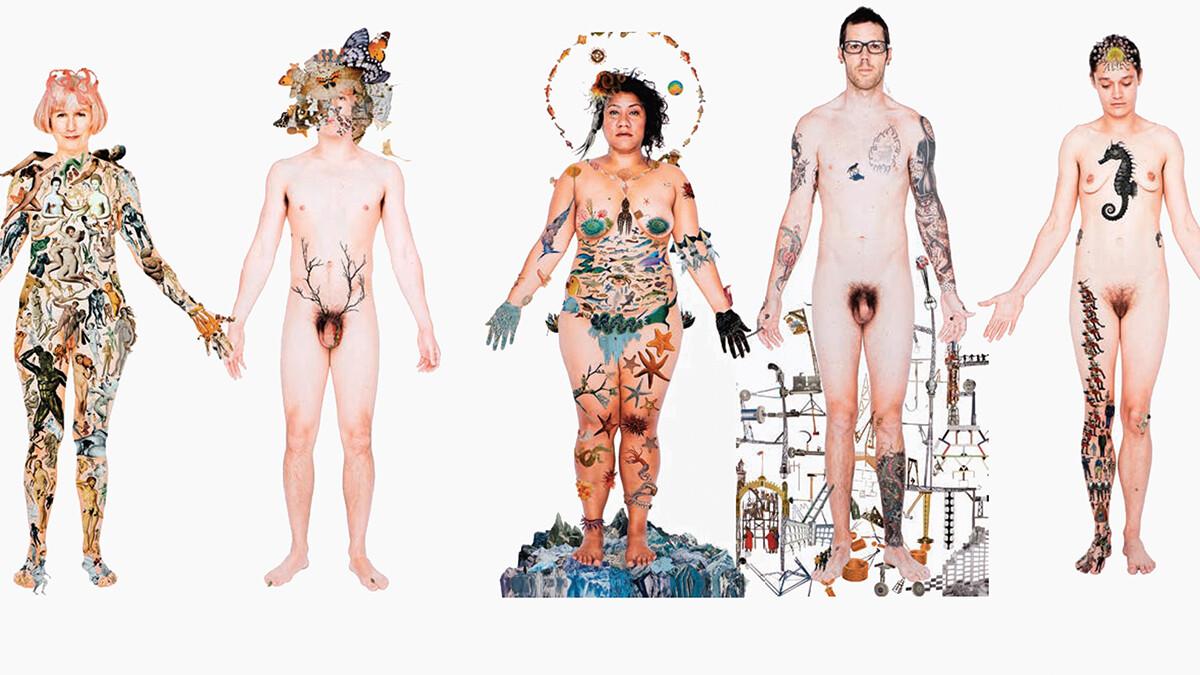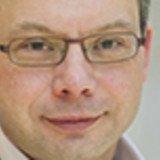Trust, identity and health in a changing world
What does it mean to be human? A new permanent gallery at Wellcome Collection opens today to explore what being human means in the 21st century. The artworks and objects reflect our changing relationships with ourselves, each other and the world.

How can anyone who is never able or allowed to be present participate? How can anyone who is never able or allowed to be present teach others? How can anyone who is never able or allowed to be present be seen as human?
Three questions posed by an artist who can’t be named. Not because they don’t want to be recognised, but because they can’t afford to be, in case by doing so – by being seen as someone capable of doing work – they fall foul of the British Government’s Work Capability Assessment (WCA), a legal test to determine eligibility for welfare support for those with disabilities.
The disempowering, disembodying consequence of the WCA is the reason why the artist behind ‘Austerity Cu ts’ isn’t named in Wellcome Collection’s new permanent gallery, ‘Being Human’, even though their work is included.
‘Being Human’ presents over 50 artworks and objects which explore trust, identity and health in a changing world and place personal experience in the spotlight. It is curated by Clare Barlow, whose past credits include Tate’s groundbreaking ‘Queer British Art’ exhibition.
The new gallery brings together the perspectives of artists, activists, researchers, disabled people and people with diverse personal experiences to challenge how we think and feel about health in the 21st century.
From a jukebox playing infectious, and infection-themed, music, to a sculpture which evokes the smell of human breastmilk to Yinka Shonibare’s striking ‘Refugee Astronaut III’, each work prompts a reflection of what it means to be healthy and human.
Personal and collective human experience
This concern with personal and collective human experience is part of a wider programme of activity across Wellcome Collection and its parent body, Wellcome. It is emerging through its work in public engagement, empowering people to access, use and create health research, as well as its strategic initiative to make Wellcome and the research community it supports more diverse and inclusive.
It reflects a wider awareness of the structural, systemic and cultural barriers that impact different people, constraining their ability to lead healthy lives, or to use their talents in ways which could improve the health of others.
For a long time research organisations such as Wellcome have supported science communication and health education which aims to make people more science- and health research-centred.
Perhaps now is the right moment to think about how we make research and health systems more people-centred instead?
Related links
- 'Being Human' at Wellcome Collection
- More about the thinking behind the new gallery by Rosie Stanbury, Head of Public Programmes at Wellcome Collection
